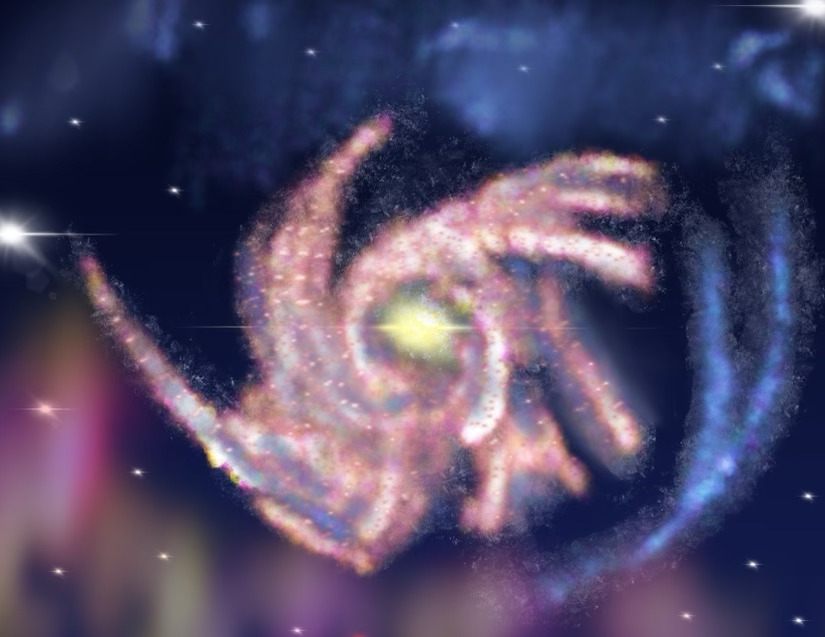On May 19, 2023, amateur astronomer Koichi Itagaki made a notable discovery. With the assistance of his telescope, he detected a star exploding before his eyes. This particular star sits 21 million light years away, making the supernova the closest one to Earth in nearly a decade.
The star currently resides in M101, informally known as “The Pinwheel Galaxy.”Astronomers estimate that M101 contains almost one trillion stars and spans approximately 170,000 light years. This suggests that M101 has almost twice the diameter of the Milky Way.
Astronomers have since determined that this supernova is a type II supernova, which occurs when a massive star is depleted of fuel and collapses in on itself before erupting and firing colossal amounts of radiation and debris into space. Because Itagaki encountered the Pinwheel Galaxy supernova at a relatively early point in the star’s death, astronomers across the globe will be able to watch its death unfold in real time.
The study of the M101 supernova will provide astronomers with invaluable information about the wake of a star’s death. This particular supernova will illustrate the process through which dying stars form neutron stars and black holes.
Astrophysicist Sanjana Curtis, from the University of Chicago, claimed that astronomers are able to gather an adequate amount of light from the explosion to determine the elements present in the debris that the supernova ejects.
“What makes this a big deal, aside from the fact that we are getting a glimpse of ancient history, is that we actually see the light’s first arrival,” commented Poly Upper School Astronomy teacher Craig Fletcher.
Moreover, astronomer from the University of Arizona Azalee Bostroem compared the M101 supernova to the Rosetta Stone, claiming, “It’s going to be one of those ones that we compare everything to.”

























